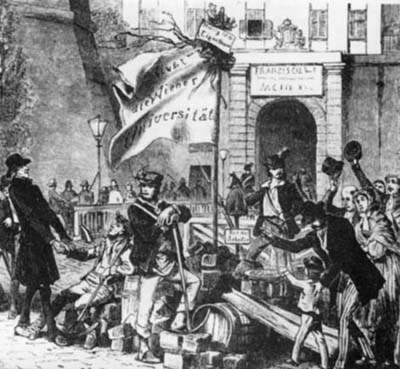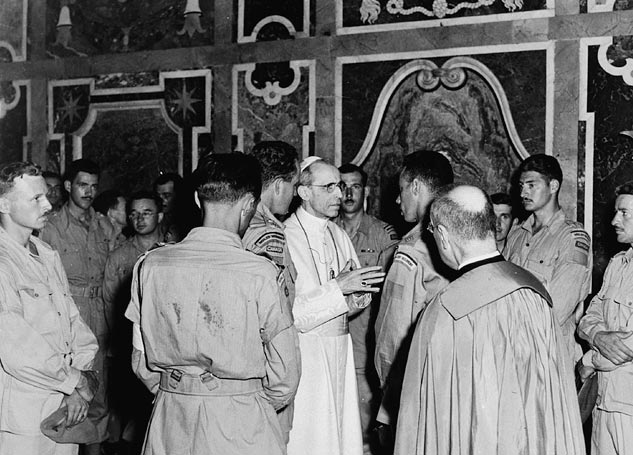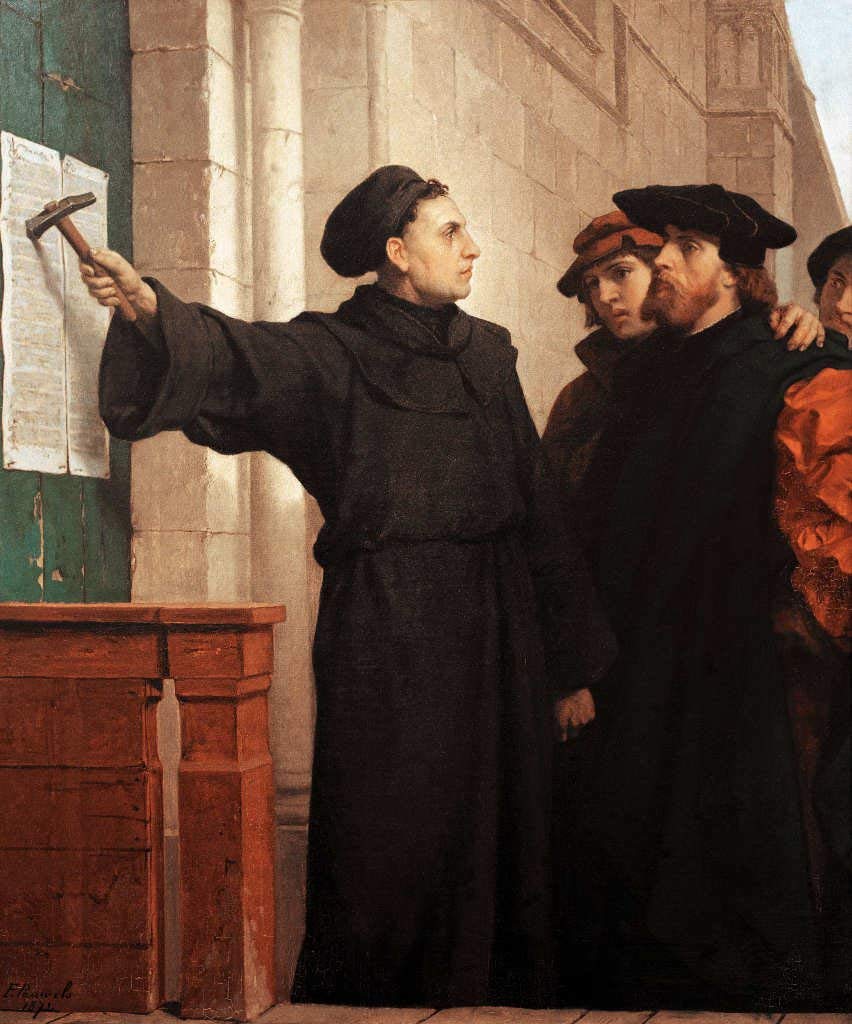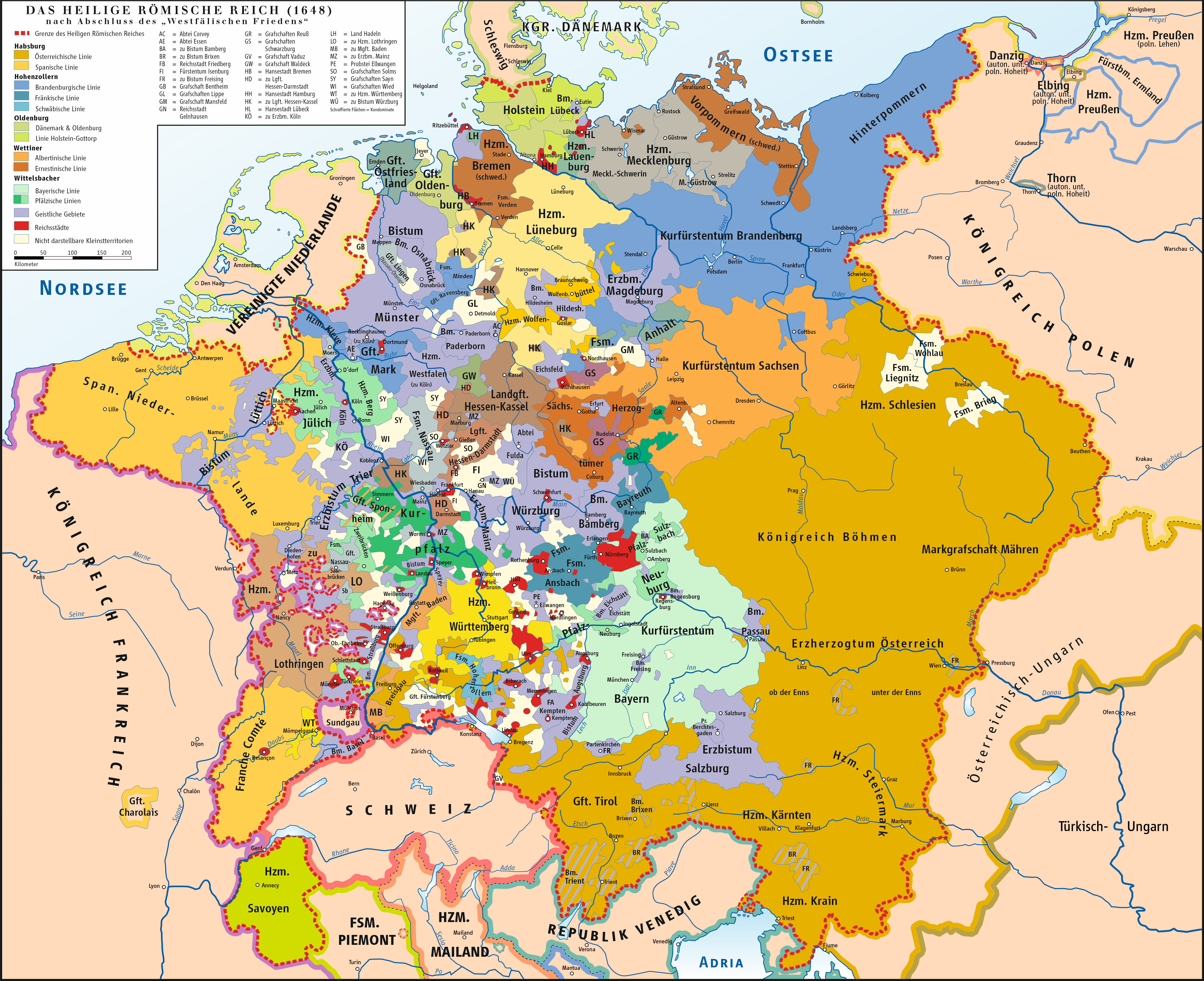|
Albrechtice (Karviná District)
Albrechtice (; , ) is a municipality and village in the Karviná District in the Moravian-Silesian Region of the Czech Republic. It has about 3,800 inhabitants. The municipality has a significant Polish minority in the Czech Republic, Polish minority. Etymology The name of the village is patronymic in origin, derived from the personal name ''Albrecht'', meaning "Albrecht's village". It could have been the sub-chamberlain of Duchy of Teschen, which is mentioned in 1322. Geography Albrechtice is located about south of Karviná and east of Ostrava. The municipality lies mostly in the Moravian-Silesian Foothills, only the northern part extends into the Ostrava Basin lowland. The highest point is at above sea level. The Stonávka River flows through the municipality. History The village was first mentioned in the register of Peter's Pence payment from 1447 among the 50 parishes of Teschen deanery as ''Albrothsdorff''. Politically the village belonged to the Duchy of Teschen, which w ... [...More Info...] [...Related Items...] OR: [Wikipedia] [Google] [Baidu] |
Obec
(, ; plural ) is the Czech and Slovak word for a municipality (in the Czech Republic, in Slovakia and abroad). The literal meaning of the word is " commune" or " community". It is the smallest administrative unit that is governed by elected representatives. Cities and towns are also municipalities. Definition The legal definition (according to the Czech code of law with similar definition in the Slovak code of law) is: ''"The municipality is a basic territorial self-governing community of citizens; it forms a territorial unit, which is defined by the boundary of the municipality."'' Every municipality is composed of one or more cadastral areas. Every municipality is also composed of one or more municipal parts (), which are usually town quarters or villages. A municipality can have its own flag and coat of arms. Czech Republic Almost the entire area of the Czech Republic is divided into municipalities, with the only exception being military training areas. The smaller mu ... [...More Info...] [...Related Items...] OR: [Wikipedia] [Google] [Baidu] |
Stonávka
The Stonávka () is a river in the Czech Republic, a left tributary of the Olza. It flows through the Moravian-Silesian Region. It is long. Etymology The name is derived from the Czech word ''sténat'' ('to groan'), meaning 'murmuring river'. Characteristic The Stonávka originates in the territory of Komorní Lhotka in the Moravian-Silesian Beskids at an elevation of and flows to Karviná, where it merges with the Olza River at an elevation of . It is long. Its drainage basin has an area of . The average discharge at its mouth is 1.47 m3/s. The longest tributaries of the Stonávka are: Course The river flows through the municipal territories of Komorní Lhotka, Hnojník, Třanovice, Těrlicko, Albrechtice, Stonava and Karviná. Bodies of water The Těrlicko Reservoir is built on the river. Fauna Protected fish that live in the river include the common minnow. The middle and lower course of the river are home to the Eurasian otter and common kingfisher. The occurre ... [...More Info...] [...Related Items...] OR: [Wikipedia] [Google] [Baidu] |
Roman Catholics
The Catholic Church (), also known as the Roman Catholic Church, is the largest Christian church, with 1.27 to 1.41 billion baptized Catholics worldwide as of 2025. It is among the world's oldest and largest international institutions and has played a prominent role in the history and development of Western civilization. O'Collins, p. v (preface). The church consists of 24 ''sui iuris'' (autonomous) churches, including the Latin Church and 23 Eastern Catholic Churches, which comprise almost 3,500 dioceses and eparchies around the world, each overseen by one or more bishops. The pope, who is the bishop of Rome, is the chief pastor of the church. The core beliefs of Catholicism are found in the Nicene Creed. The Catholic Church teaches that it is the one, holy, catholic and apostolic church founded by Jesus Christ in his Great Commission, that its bishops are the successors of Christ's apostles, and that the pope is the successor of Saint Peter, upon whom ... [...More Info...] [...Related Items...] OR: [Wikipedia] [Google] [Baidu] |
Freistadt District (Austrian Silesia)
Freistadt District (, , ) was a political district (equivalent to okres in the Czech Republic and powiat in Poland) in Austrian Silesia, Austria-Hungary existing between 1868 and 1920 (superseded by Czechoslovak ''Okres Fryštát''). Its administrative center was the town of Freistadt (now administratively a part of the city of Karviná, Czech Republic). History Revolutions of 1848 in the Austrian Empire led to various social, legal and also administrative reforms. In the late December 1849 Austrian Silesia was re-established and was initially subdivided into seven political districts, additionally divided into legal districts (German: Gerichtsbezirk). Freistadt became a seat of legal district in Teschen political district. In the era of Bach's neo-absolutism political districts were abolished and replaced by district offices (German: Bezirksamt) encompassing territories of the abolished legal districts. Political districts were re-established in 1868. Freistadt became then the ... [...More Info...] [...Related Items...] OR: [Wikipedia] [Google] [Baidu] |
Austrian Silesia
Austrian Silesia, officially the Duchy of Upper and Lower Silesia, was an autonomous region of the Kingdom of Bohemia and the Habsburg monarchy (from 1804 the Austrian Empire, and from 1867 the Cisleithanian portion of Austria-Hungary). It is largely coterminous with the present-day region of Czech Silesia (with a smaller part in Poland) and was, historically, part of the larger Silesia region. Geography Austrian Silesia consisted of two territories, separated by the Moravian land strip of Moravská Ostrava between the Ostravice and Oder rivers. The area east of the Ostravice around Cieszyn reached from the heights of the Western Carpathians (Silesian Beskids) in the south, where it bordered with the Kingdom of Hungary, along the Olza and upper Vistula rivers to the border with Prussian Silesia in the north. In the east the Biała river at Bielsko separated it from the Lesser Polish lands of the Polish–Lithuanian Commonwealth, incorporated into the Austrian Kingdom of ... [...More Info...] [...Related Items...] OR: [Wikipedia] [Google] [Baidu] |
Municipality
A municipality is usually a single administrative division having municipal corporation, corporate status and powers of self-government or jurisdiction as granted by national and regional laws to which it is subordinate. The term ''municipality'' may also mean the governing body of a given municipality. A municipality is a general-purpose administrative subdivision, as opposed to a special district (United States), special-purpose district. The English language, English word is derived from French language, French , which in turn derives from the Latin language, Latin , based on the word for social contract (), referring originally to the Latin communities that supplied Rome with troops in exchange for their own incorporation into the Roman state (granting Roman citizenship to the inhabitants) while permitting the communities to retain their own local governments (a limited autonomy). A municipality can be any political jurisdiction (area), jurisdiction, from a sovereign state s ... [...More Info...] [...Related Items...] OR: [Wikipedia] [Google] [Baidu] |
Revolutions Of 1848 In The Austrian Empire
The revolutions of 1848 in the Austrian Empire took place from March 1848 to November 1849. Much of the revolutionary activity had a nationalism, nationalist character: the Austrian Empire, ruled from Vienna, included ethnic Germans, Hungarians, Polish people, Poles, Bohemians (Czechs), Ruthenians (Ukrainians), Slovenes, Slovaks, Romanians, Croats, Italians, and Serbs; all of whom attempted in the course of the revolution to either achieve autonomy, independence, or even hegemony over other nationalities. The nationalist picture was further complicated by the German revolutions of 1848–1849, simultaneous events in the German states, which moved toward greater German national unity. Besides these Nationalism, nationalists, liberalism, liberal and socialism, socialist currents resisted the Empire's longstanding conservatism. Background The revolutions of 1848, events of 1848 were the product of mounting social and political tensions after the Congress of Vienna of 1815. During ... [...More Info...] [...Related Items...] OR: [Wikipedia] [Google] [Baidu] |
Catholic Church
The Catholic Church (), also known as the Roman Catholic Church, is the List of Christian denominations by number of members, largest Christian church, with 1.27 to 1.41 billion baptized Catholics Catholic Church by country, worldwide as of 2025. It is among the world's oldest and largest international institutions and has played a prominent role in the history and development of Western civilization.Gerald O'Collins, O'Collins, p. v (preface). The church consists of 24 Catholic particular churches and liturgical rites#Churches, ''sui iuris'' (autonomous) churches, including the Latin Church and 23 Eastern Catholic Churches, which comprise almost 3,500 dioceses and Eparchy, eparchies List of Catholic dioceses (structured view), around the world, each overseen by one or more Bishops in the Catholic Church, bishops. The pope, who is the bishop of Rome, is the Papal supremacy, chief pastor of the church. The core beliefs of Catholicism are found in the Nicene Creed. The ... [...More Info...] [...Related Items...] OR: [Wikipedia] [Google] [Baidu] |
Lutheranism
Lutheranism is a major branch of Protestantism that emerged under the work of Martin Luther, the 16th-century German friar and Protestant Reformers, reformer whose efforts to reform the theology and practices of the Catholic Church launched the Reformation in 1517. The Lutheran Churches adhere to the Bible and the Ecumenical Creeds, with Lutheran doctrine being explicated in the Book of Concord. Lutherans hold themselves to be in continuity with the apostolic church and affirm the writings of the Church Fathers and the first four ecumenical councils. The schism between Roman Catholicism and Lutheranism, which was formalized in the Diet of Worms, Edict of Worms of 1521, centered around two points: the proper source of s:Augsburg Confession#Article XXVIII: Of Ecclesiastical Power., authority in the church, often called the formal principle of the Reformation, and the doctrine of s:Augsburg Confession#Article IV: Of Justification., justification, the material principle of Luther ... [...More Info...] [...Related Items...] OR: [Wikipedia] [Google] [Baidu] |
Protestant Reformation
The Reformation, also known as the Protestant Reformation or the European Reformation, was a time of major theological movement in Western Christianity in 16th-century Europe that posed a religious and political challenge to the papacy and the authority of the Catholic Church. Towards the end of the Renaissance, the Reformation marked the beginning of Protestantism. It is considered one of the events that signified the end of the Middle Ages and the beginning of the early modern period in Europe. The Reformation is usually dated from Martin Luther's publication of the '' Ninety-five Theses'' in 1517, which gave birth to Lutheranism. Prior to Martin Luther and other Protestant Reformers, there were earlier reform movements within Western Christianity. The end of the Reformation era is disputed among modern scholars. In general, the Reformers argued that justification was based on faith in Jesus alone and not both faith and good works, as in the Catholic view. In the ... [...More Info...] [...Related Items...] OR: [Wikipedia] [Google] [Baidu] |
Habsburg Monarchy
The Habsburg monarchy, also known as Habsburg Empire, or Habsburg Realm (), was the collection of empires, kingdoms, duchies, counties and other polities (composite monarchy) that were ruled by the House of Habsburg. From the 18th century it is also referred to as the Austrian monarchy, the Austrian Empire () or the Danubian monarchy. The history of the Habsburg monarchy can be traced back to the election of Rudolf I of Germany, Rudolf I as King of the Romans, King of Germany in 1273 and his acquisition of the Duchy of Austria for the Habsburgs in 1282. In 1482, Maximilian I, Holy Roman Emperor, Maximilian I acquired the Habsburg Netherlands, Netherlands through marriage. Both realms passed to his grandson and successor, Charles V, Holy Roman Emperor, Charles V, who also inherited the Monarchy of Spain, Spanish throne and Spanish Empire, its colonial possessions, and thus came to rule the Habsburg empire at its greatest territorial extent. The abdication of Charles V in 1556 led ... [...More Info...] [...Related Items...] OR: [Wikipedia] [Google] [Baidu] |
Kingdom Of Bohemia
The Kingdom of Bohemia (), sometimes referenced in English literature as the Czech Kingdom, was a History of the Czech lands in the High Middle Ages, medieval and History of the Czech lands, early modern monarchy in Central Europe. It was the predecessor state of the modern Czech Republic. The Kingdom of Bohemia was an Imperial State in the Holy Roman Empire. The List of Bohemian monarchs, Bohemian king was a prince-elector of the empire. The kings of Bohemia, besides the region of Bohemia itself, also ruled other Lands of the Bohemian Crown, lands belonging to the Bohemian Crown, which at various times included Moravia, Silesia, Lusatia, and parts of Saxony, Brandenburg, and Bavaria. The kingdom was established by the Přemyslid dynasty in the 12th century by the Duchy of Bohemia, later ruled by the House of Luxembourg, the Jagiellonian dynasty, and from 1526 the House of Habsburg and its successor, the House of Habsburg-Lorraine. Numerous kings of Bohemia were also elected Hol ... [...More Info...] [...Related Items...] OR: [Wikipedia] [Google] [Baidu] |





